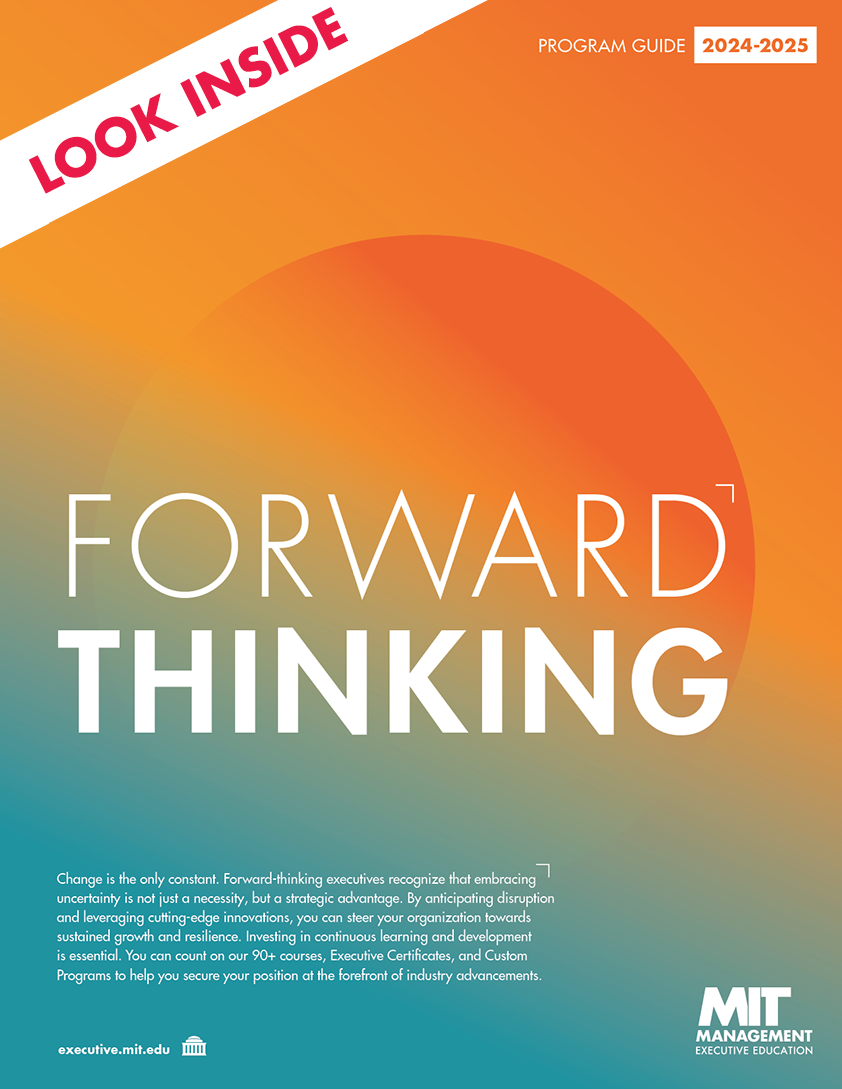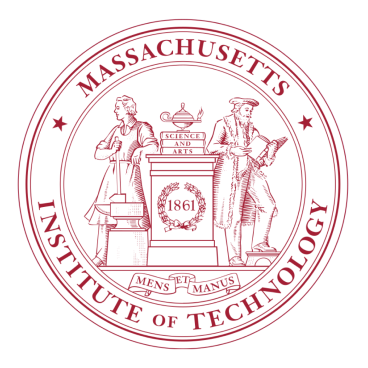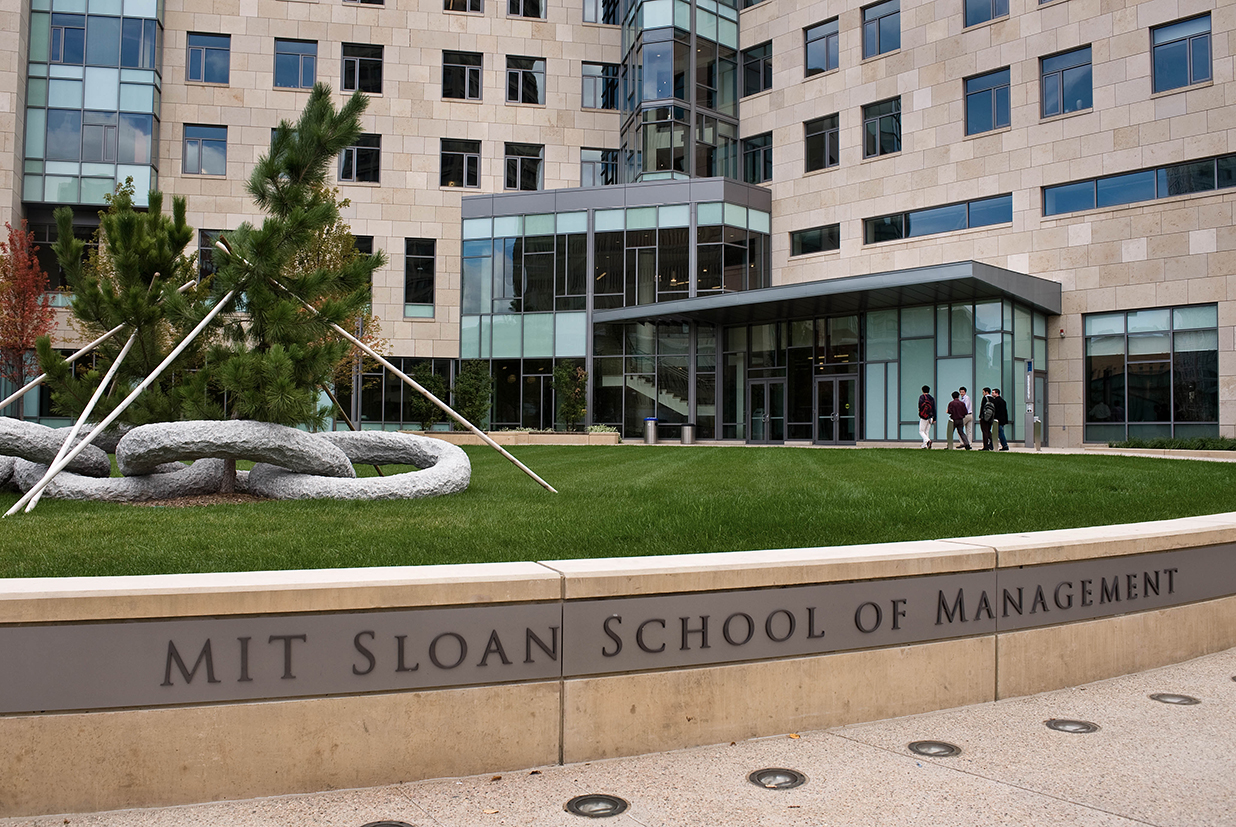On April 29, MIT’s Industrial Liaison Program (ILP) convened six renowned experts to share their thoughts and insights about a critical topic that came to the forefront during the COVID pandemic in 2020: our approach to work. From how and where people make their living to the gaps in opportunity that have been keenly recognized in recent months, the distinguished MIT professors and researchers shed light not only on the challenges that today’s industries face as the workforce has evolved over time (and most rapidly last year), but also on the possible solutions for helping organizations prepare for the future and a post-COVID world. Here are some of the key takeaways from the online gathering.
The New Tech Meccas
Did you know that almost everyone in the United States lives close to an up-and-coming technology hub? As MIT Sloan Professor Simon Johnson revealed, there are approximately 102 cities in 35 states that are poised to become the next big names in the technology arena. While Silicon Valley on the west coast and Boston and New York on the east coast held that distinction for the last several decades, a rebalancing of tech hubs is immanent.
In his 2019 book Jump-Starting America: How Breakthrough Science Can Revive Economic Growth and the American Dream, co-authored with MIT Professor Jonathan Gruber, Johnson notes that those coastal digital mega-hubs have become congested, expensive, and saturated with talent looking for opportunities. To expand those opportunities traditionally found in large tech boomtowns and ensure that people everywhere can access them, Johnson observes that technology hub candidates like Rochester (New York) and Pittsburgh (Pennsylvania)—need to be brought to the forefront with a combination of access to federal research and development, affordable and available housing, and strong ties to university systems. What’s more, a distributed workforce that allows for some remote work could be very beneficial to these promising tech towns. This will give individuals the chance to be innovative and productive in viable locations for many years to come.
Building a New Social Contract
According to MIT Sloan Professor Thomas Kochan, employees across the country felt frustration and anger in their work situations long before the pandemic because of a critical trend: the disconnect between the amount of work done and the pay received. This gap resulted in a broken social contract; employees felt like they were being left behind and often wanted a stronger voice at work. Over the last year, that outcry became impossible to ignore.
Prior to the pandemic, as part of their MIT Task Force on Work of the Future, Kochan and his colleagues identified several economic changes that must be made to rebuild a better social contract. The solutions focused on the use of technology to improve the quality of jobs available and the need to educate the next generation of leaders in terms of technical literacy. However, the COVID crisis, the emergence of Black Lives Matter, and rising worker activism accelerated the need to implement additional solutions, from offering guaranteed healthcare and creating a safe work environment to blending virtual and remote work for the benefit of all workers. What’s more, an emphasis must be placed on listening to the workforce, using such tools as worker surveys, to build a new social contract that is more inclusive than the 40-year precedent.
Tackling Inequality in the Labor Market
A comparison of the earnings of children and their parents over the last 40 years intrigued MIT Sloan Professor Nathan Wilmers. It revealed that children today are less likely to make a higher income than their parents made during their careers. In fact, a major decline in economic mobility was revealed in the study Wilmers presented; a small percentage of millennials are doing much better than their parents, while more than 50 percent of the generation make less income compared to their parents. Wilmers attributes much of this to the rising inequality that results from high-paying firms employing fewer employees for lower-skill positions.
Businesses can help reduce inequality in the workplace by addressing the skills gap between employees at different levels, says Wilmers. He suggests that high-paying firms that pay above market rate for positions need to find ways to bridge the divide between employees such as encouraging higher-earning employees to collaborate with lower-skilled employees to help build their skill sets. They also need to find the right blend between the work being done in-house and the work being contracted out. For employers of non-college-educated workers, the key is to figure out how to raise pay for workers at all levels across the board and create career ladders so employees can advance over time.
Embracing the Hybrid Work Strategy
According to Erin Kelly, MIT Sloan Professor of Work and Organization Studies, necessity was the mother of invention in 2020. As white-collar workers across the country and the globe faced an inability to work in person, they embraced the possibilities of remote work and found that productivity could be achieved in this environment. However, a study from Microsoft revealed that after this past year, 39 percent of workers felt burned out, and 40 percent were looking for new job opportunities. Research shows that companies should use a hybrid strategy to keep people engaged. Kelly addresses this topic in her book Overload: How Good Jobs Went Bad and What We Can Do About It, co-authored with Phyllis Moen, and her related MIT Sloan Executive Education webinar.
In one study of a work redesign for a Fortune 500 firm, employees were selected to work in a hybrid strategy, spending 55 percent of their work hours in the office. The results showed that participating employees noted higher job satisfaction, reduced burnout, better work-life integration, better mental health, better sleep, and better cardiometabolic health. However, to best make use of the hybrid strategy, it must be managed well. Kelly explained that to help transition successfully to a hybrid model, employers must realize that remote work is only part of the equation and decisions about how and when to work at home must depend on the work itself. What’s more, employers must encourage employees to set boundaries while working at home to avoid overload and burnout; they also must learn as the process moves along and adapt when necessary to keep employees happy and healthy in a hybrid work situation.
The Need for Workforce Education
During a recent research project, a truly alarming statistic was uncovered by Sanjay Sarma, Vice President for Open Learning at MIT. While unemployment was high, it was the labor nonparticipation rate that stood out—it was higher than ever before. As a result of the pandemic, employees at lower income levels experienced deeper impacts, with more individuals from this group appearing on both the unemployed and nonparticipating categories.
To encourage people to make their way back to the labor market, Sarma, who co-authored the book Workforce Education: A New Roadmap with William B. Bonvillian, laid out several ideas:
- Not unlike the country’s GI Bill after World War II, we need a way to fund a workforce education initiative to help employees boost their skills and find the opportunities that are out there; much of this education can be embraced through online education, which has evolved greatly in recent years with new learning technologies like augmented and virtual reality, simulations, artificial intelligence, and more.
- Labor and education departments across the country need to “talk to each other” so that students can figure out where jobs can be found after their learning and training are complete.
- The number of vocational technical (vo-tech) schools, which has been on the decline, needs to see an increase once again.
- The addition of apprenticeships to the labor market could be a huge benefit, allowing people to make their way to the intersection of work and learning.
As Sarma concludes, “Workforce education is a fundamental, pressing national need.”
The Advanced Manufacturing Workforce
Between 2000 and 2010, the United States lost one-third of its manufacturing jobs, due in large part to the fact that most manufacturing companies worked within a system that encouraged them to “innovate here and produce elsewhere.” MIT’s Initiative for Knowledge and Innovation in Manufacturing (IKIM), led by MIT Professor Lionel Kimerling, aims to turn the tide on this trend.
Manufacturing is sometimes seen as an unattractive industry for work. But the new wave of advanced manufacturing in areas like robotics, photonics, and 3D printing includes well-paid “middle-skill” jobs that can provide stable employment, good working conditions, and opportunities for advancement. Some estimates say that more than two million of these jobs will go unfilled over the next decade. Potential workers need to know about the opportunities, and educational institutions need to build programs that prepare people for these careers.
Last fall, Massachusetts announced it won a $3.2 million, two-year grant, in collaboration with MIT, community colleges, and state agencies, to prepare workers for stable high-paying jobs in advanced manufacturing. The program, called MassBridge, will create a curriculum that bridges the Commonwealth’s excellent traditional manufacturing education and the advanced manufacturing needs of today’s economy. MIT’s IKIM and the MIT Office of Open Learning will be involved in almost all aspects of the MassBridge project.
“Our team is privileged and delighted to share our advanced manufacturing knowledge and to engage with outstanding students and faculty in building the vital technician workforce,” said Kimerling.
Learn more about the MIT Industrial Liaison Program and watch their conference videos here.








